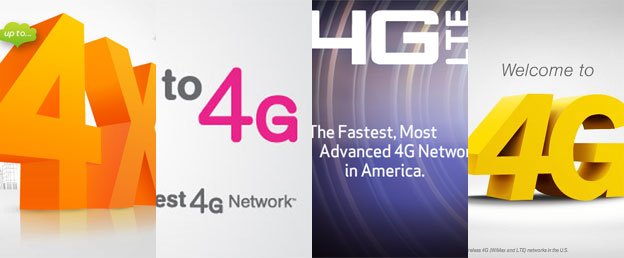 California Congresswoman Anna G. Eshoo has proposed the Next Generation Wireless Disclosure Act, which among other things aims to finally clarify what 4G is. The term has come to mean little more than “faster than 3G,” but fails to actually meet the official definition. The International Telecommunication Union dictates that a 4G device must meet certain requirements, a definition that was softened this past December. “As the most advanced technologies currently defined for global wireless mobile broadband communications, IMT-Advanced is considered as ‘4G,’ although it is recognized that this term, while undefined, may also be applied to the forerunners of these technologies, LTE and WiMax, and to other evolved technologies provided a substantial level of improvement in performance and capabilities with respect to the initial third generation systems now deployed,” the ITU said.
California Congresswoman Anna G. Eshoo has proposed the Next Generation Wireless Disclosure Act, which among other things aims to finally clarify what 4G is. The term has come to mean little more than “faster than 3G,” but fails to actually meet the official definition. The International Telecommunication Union dictates that a 4G device must meet certain requirements, a definition that was softened this past December. “As the most advanced technologies currently defined for global wireless mobile broadband communications, IMT-Advanced is considered as ‘4G,’ although it is recognized that this term, while undefined, may also be applied to the forerunners of these technologies, LTE and WiMax, and to other evolved technologies provided a substantial level of improvement in performance and capabilities with respect to the initial third generation systems now deployed,” the ITU said.
Confused yet? You’re not alone. Basically what 4G has come to mean is that a device’s network has implemented the technology to transfer data between 1-12Mbps – approximately working as quickly as Wi-Fi. But 4G has been interpreted and reinterpreted to the point where it just means better than 3G and is little more than a buzz word–one that people apparently don’t care about. A recent study revealed that 4G capability doesn’t have much of an effect on customer purchases. Whether that’s due to consumer confusion or the fact that the term has been flagrantly tossed around, or both, it doesn’t matter – but it does mean that people need to be more convinced if anyone wants to make money off of 4G.
The Next Generation Wireless Disclosure Act wants to do just that by requiring “accurate disclosures to consumers of the terms and conditions of 4G services and other advanced wireless mobile broadband service.” Not only does the bill propose better explaining 4G, it wants consumers to know exactly what they can expect – even demand – when paying a carrier for 4G service. When purchasing a 4G capable device, subscribers would be given materials “guarantee[ing] minimum data speed, network reliability, coverage area maps, pricing, technology used to provide 4G service, and network conditions that can impact the speed of applications and services used on the network.”
It would additionally require the FCC to analyze the top 10 wireless carriers and their speed and price, and make this information available to consumers. “Consumers deserve to know exactly what they’re getting for their money when they sign-up for a 4G data plant,” Eshoo says. “The wireless industry has invested billions to improve service coverage, reliability and data speeds, and consumers’ demand for 4G is expected to explode. But consumers need to know the truth about the speeds they’re actually getting.”
Editors' Recommendations
- 5G vs. 4G: How does the newest network improve on the last?
- LTE vs. 4G: The differences explained
- Mobvoi brings sleep tracking to the TicWatch Pro and TicWatch Pro 4G/LTE


